25 Metrics for Measuring Performance of Companies
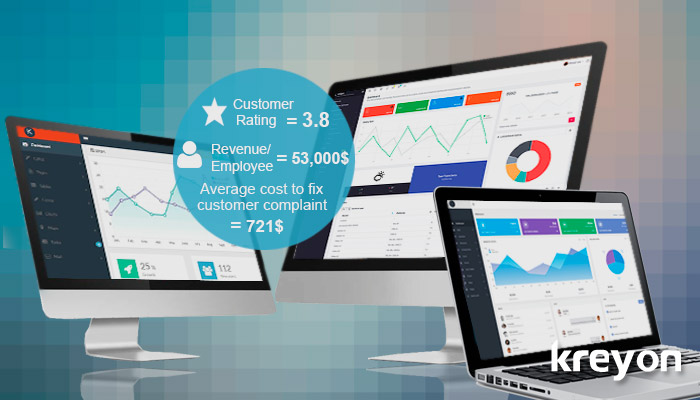
Measuring the performance of companies requires proactive insights into ever changing data. These performance metrics are indicators of how the company is doing. However, businesses struggle to get the right data at the right time. More often than not, delay of information results in loss of performance. What companies need is proactive and actionable information at the earliest, so that the corrective measures can be taken to improve things. Business intelligence systems and automation tools are the key to an indepth understanding of the underlying processes of the company. The executives need to know the most important data patterns emerging from their business for measuring performance. The following is an indicative list of the 25 metrics for measuring performance of companies:
1. Total Revenue:
The total revenue generated by the company every month/quarter/year should be measured in clear terms. Companies also track & measure Revenue per day. The difference between your targets and actual revenue can provide key pointers on the improvement areas. The revenue parameters by regions, products and teams etc are important for analysis too.
2. Average Customer Acquisition Cost:
The customer acquisition costs are the sum total of all the marketing and employee expenses for winning a customer. The average customer acquisition cost is the ratio of customer acquisition expenses over total customers acquired in a given time period. A break-up of the costs in terms of percentage can also help your business to figure out the cost effectiveness. Example: The average cost of acquiring a customer in 2016 is 2,500$, it was 2,200$ in 2015.
3. Conversion Funnel:
The conversion funnel may include details for the total number of qualified leads, proposals delivered, negotiations in progress, & open opportunities in a given time period. The percentage of deals won versus lost is helpful for evaluating the performance of the sales teams. The conversion funnel analysis for months, their conversion ratios and overall value are important for targets.
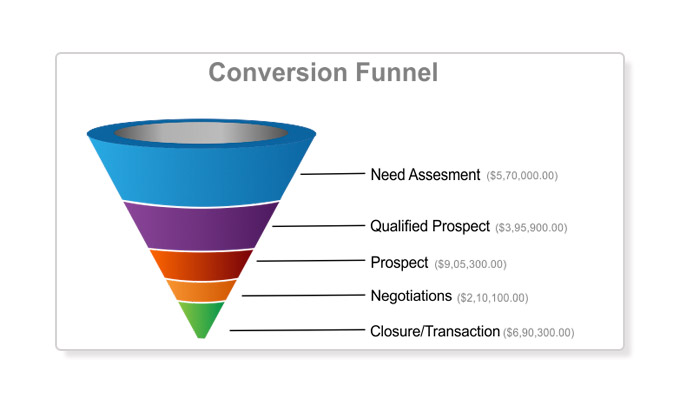
4. Total Number of Customers & their lifetime value:
The total number of customers and their lifetime values is an important indicator for the direction of business. The forecasting of the lifetime value is based on customer’s current deals, retention rates and probabilistic estimates for future purchases. The idea is to find out the most valuable customers for a business based on these parameters. The number of customers gained or lost is an indicator on how the company is doing.
5. Customer Attrition Rate:
The customer attrition rate is the loss of customers for a business. The customer attrition rate is very important for the overall success of a company. The cost of acquiring a new customer is higher than retaining an existing one. The higher customer attrition rates are usually an indicator that the business is not serving its customers well. The management can take proactive measures, send surveys and interact with customers to gauge customer satisfaction levels for improving customer retention.
6. Average Time for Closing a deal:
The shelf life for products/services is as small as it has ever been. It is important for sales teams to be effective and close out deals quickly. How fast your team closes deals? How many days it takes to negotiate contracts with your clients? Which factor can fast track closure of deals? And many such answers can be uncovered with the right tools. Example: the average time for closing a deal in 2016 was 31 days, in 2015 it was 35 days.
7. Outstanding balance payments by Customers:
Top management and executives need to track the outstanding balance payments by customers. Huge outstanding balance payments can cause operational issues for enterprises. An automated list of outstanding balance payments for the current month or quarter can be sent to the executive team can be sent for fast tracking things. The action item for non payment can also be taken by them in case of no response by clients.
8. Procurement costs:
What are the procurement costs on monthly basis? What equipments need to be purchased? The procurement costs for business must be tracked closely. The current and fixed asset costs operational and capital expenses can have a significant impact on the bottom line for a company. You can stay on top of your procurement costs using a good supply chain management system.
9. Staff Retention & turnover:
What are the costs for replacing your staff members? What percentage of your staff is retained every year? The staff retention and turnover statistics are important for managing projects successfully. The staff retention is an important metric for gauging confidence and long term prospects for the business. For e.g. staff retention rate for 2016 was 93%, in 2015 it was 88%.
10. Staff Performance & time:
What is the average rating of your staff? What is the average number of hours they are spending on projects & tasks? The staff performance metrics are the basis on which policy decisions can be based. The decisions for downsizing can be taken based on performance measures. Managers are constantly driving to push for better staff performance and automated performance analysis is good for consistency. HRMS and payroll solutions can provide detailed metrics on performance of employees.
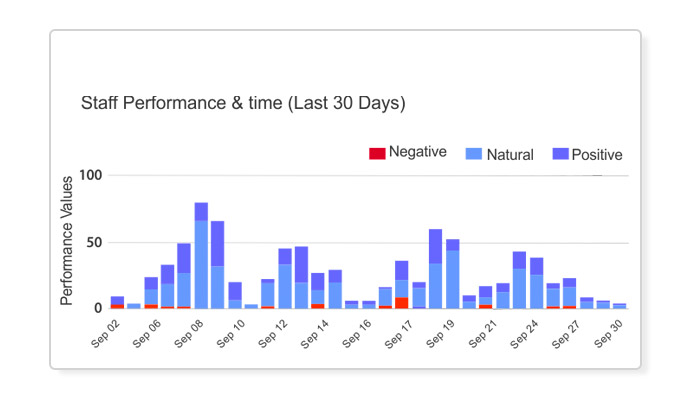
11. Marketing Expenses & ROI:
How much does your company spend for Marketing? What channels are involved for promotions? What is the effective ROI & Conversions from your marketing efforts? The marketing expenses spend analysis and effective ROI from different channels can help a company to fine tune the message to its customers. For every 10,000$ spent on marketing, how many customers does the company acquire?
12. Revenue per Employee:
The revenue per employee is an indicator of the efficiency with which employees are utilised. It is expressed as the total revenue of the company divided by the active employees. The higher the revenue per employee, the more confidence the company generates for its stakeholders. For e.g. the average revenue per employee is 55,000$ in 2016. It was 53,000$ in 2015.
13. Profit per Employee:
The profit per employee is another metric that defines the efficiency of a company. It is expressed as the total profit of the company after taxes divided by the active employees. The profit per employee is indicative of the promise and potential in the business. A higher profit per employee is a positive sign for the growth of a company. It also means that the company has a strong niche.
14. Working Capital:
The financial health of a company needs to be measured proactively. The working capital is expressed as current Assets – current liabilities. The working capital ratio is the current assets/current liabilities indicate whether the company can cover its short term borrowings. When this ratio is below 1, it indicates negative working capital. Anything over 2 indicates that the company is not investing excess assets.
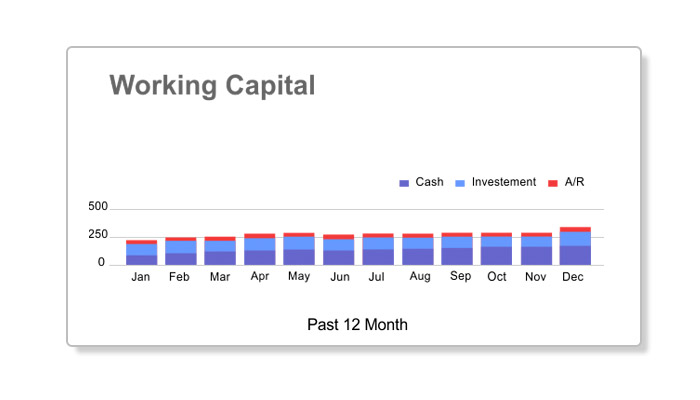
15. Average cost per employee:
What is the average cost per employee for your organisation? How much does it cost to replace your existing employees? The cost to company for employees is important for planning its operations. The employee costs, benefits and compensation are one of the major expenses for companies.
16. Total Customer Complaints:
The service levels of a company are extremely important for customer retention & cross selling opportunities. The total number of customer complaints is an indicator of the defects and quality of products/services by the company. A very high number of complaints is typically a red alarm for the management.
17. Average response time:
What is the average response time for customer complaints? A customer problem needs to be addressed within the shortest window of time. The management can track customer escalations and measure the first response time for customer complaints. This is an important metric for customer satisfaction levels. Typically businesses want to respond to their customers within minutes today.
18. Average resolution time:
The customer satisfaction levels are directly proportional to the quality of the services they receive. Top executives are always looking at the customer metrics with utmost care. The average resolution time for customer complaints is probably the most important metric in winning them. The average time for resolving customer complaints was 1.31 days in 2016; it was 1.5 days in 2015.
19. Average Customer Rating:
What is the average customer rating from your clients? How happy are your customers? The delighted customers for a business are its greatest assets. The average rating for a business is an important parameter for evaluating the services provided to the customers. Companies are aspiring for excellent ratings these days in an increasingly competitive environment.
20. Average Cost to fix a customer complaint:
The cost to fix customer escalations can be high. Companies need to be able to trace the defects in their products/services at the earliest stage for controlling costs. Tracking bugs at the earliest stage is important. The later the bug is discovered, the more it costs the company to fix it. Not only does it jeopardise the reputation of a business, but businesses also incurs heavy cost to fix customer issues. The average cost for fixing a customer complaint involves the support team, the engineering team & the customer representatives etc. Example: Average cost to fix a customer issue is 721$ in 2016, it was 650$ in 2015.
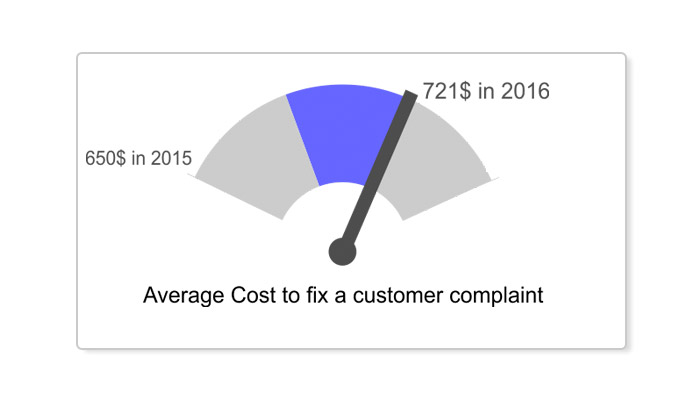
21. Response Rate for positions:
The growth of a company depends on how well it manages to attract talent individuals. A company typically wants to have a high number of applicants for its vacancies. The response rate is measured as the ratio of number of open vacancies/total number of applicants x 100. Companies need to track the response rate for building a stellar team.
22. Net Promoter Score:
How many customers will recommend your business to their friends & family? Net Promoter score is calculated on a scale of 0-10. The customers are classified as detractors, passives and promoters. The score breakdowns
a) 0-6: Detractors
b) 7-8: Passives
c) 9-10: Promoters
Net promoter score = (Number of promoters-Number of Detractors)/(Total Responses) X 100
Say a response of 100 customers received 30 responses from Detractors, 10 from Passives and 60 from Promoters. NPS=(60-30)/100 x 100. NPS is 30, which is positive for your business. NPS can also be negative, which implies unhappy customers.
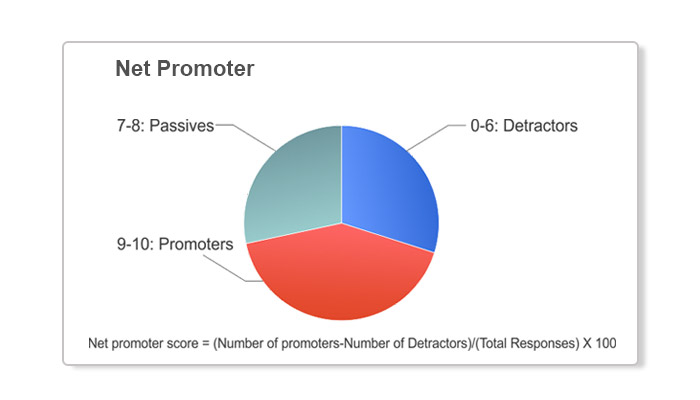
23. Total number of customer projects or orders:
What is the number of current projects your company is handling? What is the number of client orders that are pending? How many projects can your company take up at a given point of time for ensuring optimised delivery? All these metrics are required for successful execution of the projects. Ideally the numbers shouldn’t be too high or too low. These numbers need to be monitored and information should be available to the executives’ realtime for seamless operations.
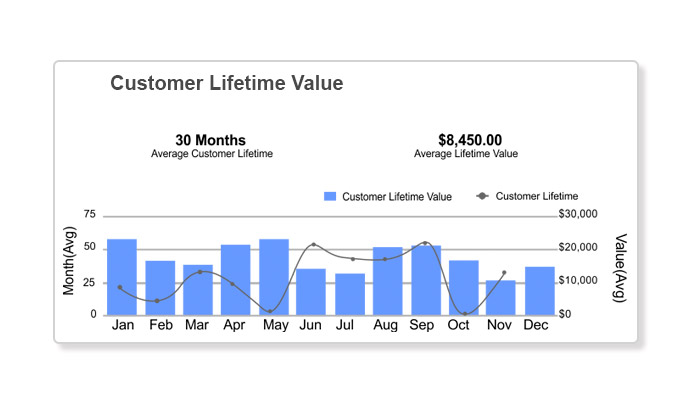
24. Cost for operations & Facilities:
What are the costs for operations and facilities for your business on monthly basis? What are the ongoing maintenance expenses and expenditures required for your business to operate smoothly? All these costs and their projects are important for having the right Working Capital. Very high overhead expenses can be detrimental to the long term health of a business. An analysis of the costs and their parameters should be monitored regularly for operational efficiency.
25. Profit or Loss:
The aim of a business is to maximize the value for all its stakeholders. Be it clients, staff, investors or shareholders. The monthly run rate for a business and calculation of profits or losses is important for staying on track. The profit or loss figures are metrics that the executive team needs to track closely. All parameters resulting in profit or loss should be outlined and suggestive actions be recommended through regular reports & software solutions.
BPA tool is one of the most important requirements for managing a company today. These tools are not only tuned to provide a visual summary of key performance indicators, but also changes graphs and information according to priorities of business. Static reports and data is now passé, executives need to know the most crucial elements of their business as soon as they can. Also, the key information is now sent to executives based on emerging patterns. The executives don’t need to login to the system looking for details. The dynamic correlation of data to business goals, identification and corrective measures for negative trends should be sent to the executives by the system proactively.
